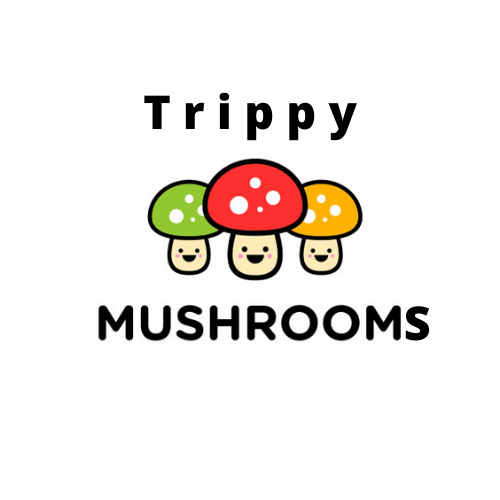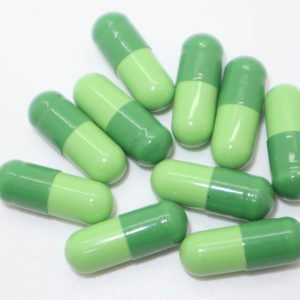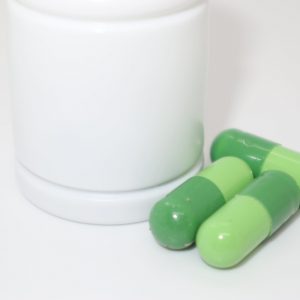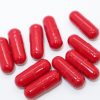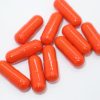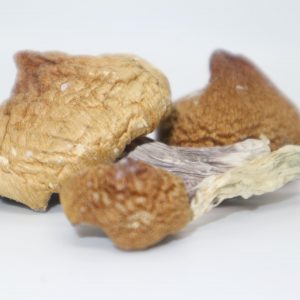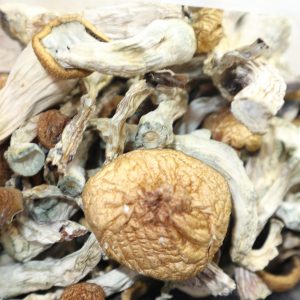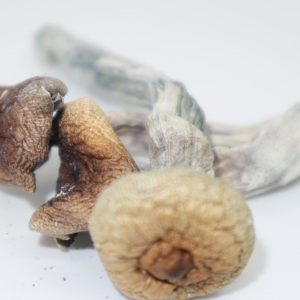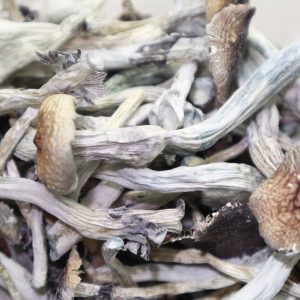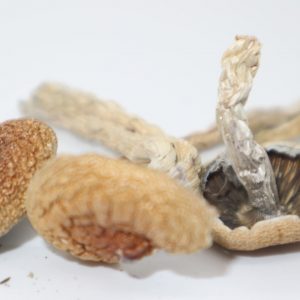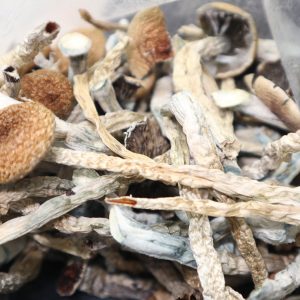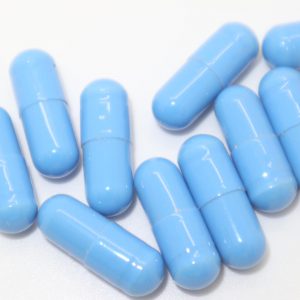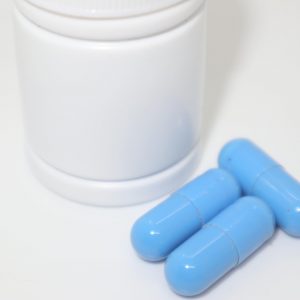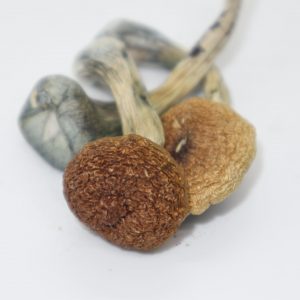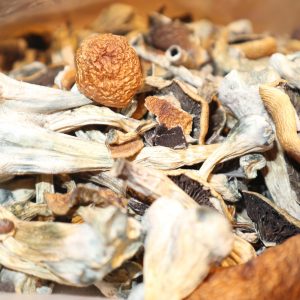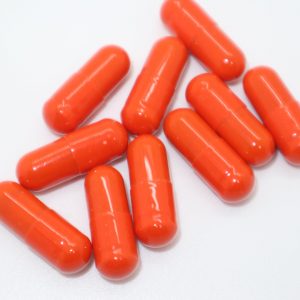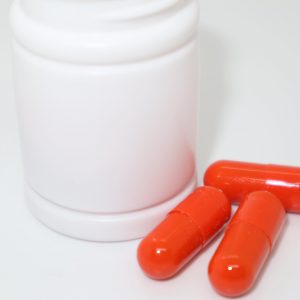Psilocybe Semilanceata Shroom Capsules
$35.00 – $99.00
Earn up to 99 Trip Tokens.
- Increased Joy & Happiness
- Empathy & Social Effects
- 325MG – 350MG Per Capsule
- Green / Semilanceata
- What You See Is What You Get 🙂 100% Organic Photos
Psilocybe Semilanceata (Liberty Cap)
Semilanceata Psilocybe commonly known as the liberty cap
is a species of fungus which produces the psychoactive compounds psilocybin and baeocystin.
It is both one of the most widely distributed psilocybin mushrooms in nature and one of the most potent.
The mushrooms have a distinctive conical to bell-shaped cap, up to 2.5 cm (1.0 in) in diameter, with a small nipple-like protrusion on the top.
They are yellow to brown, covered with radial grooves when moist, and fade to a lighter color as they mature.
Their stripes tend to be slender and long, and the same color or slightly lighter than the cap.
The gill attachment to the stipe is adnexed (narrowly attached), and they are initially cream-colored before tinting purple as the spores mature.
The spores are dark purplish-brown in mass
ellipsoid in shape
measure 10.5–15 by 6.5–8.5 micrometres.
The mushroom grows in grassland habitats, especially wetter areas.
But unlike P. cubensis, the fungus does not grow directly on dung
rather, it is a saprobic species that feeds off decaying grass roots.
It is widely distributed in the temperate areas of the Northern Hemisphere
particularly in Europe
been reported occasionally in temperate areas of the Southern Hemisphere as well.
The earliest reliable history of P. semilanceata intoxication dates back to 1799 in London, and in the 1960s
this mushroom was the first European species confirmed to contain psilocybin.
The possession or sale of psilocybin mushrooms is illegal in many countries.
Appearance
The cap of P. semilanceata is 5–25 mm (0.2–1.0 in) in diameter and 6–22 mm (0.24–0.87 in) tall.
It varies in shape from sharply conical to bell-shaped, often with a prominent papilla (a nipple-shaped structure)
does not change shape considerably as it ages.
The cap margin is initially rolled inward but unrolls to become straight or even curled upwards in maturity.
The cap is hygrophanous
(meaning it assumes different colors depending on its state of hydration)
When it is moist, the cap is ochraceous to pale brown to dark chestnut brown, but darker in the center, often with a greenish-blue tinge.
When moist, radial grooves (striations) can be seen on the cap that correspond to the positions of the gills underneath.
When the cap is dry, it becomes much paler, a light yellow-brown color.
Moist mushrooms have sticky surfaces that result from a thin gelatinous film called a pellicle.
This film becomes apparent if a piece of the cap is broken by bending it back and peeling away the piece.
When the cap dries from exposure to the sun, the film turns whitish and is no longer peelable.
On the underside of the mushroom’s cap
there are between 15 and 27 individual narrow gills that are moderately crowded together, and they have a narrowly adnexed to almost free attachment to the stipe.
Their color is initially pale brown, but becomes dark gray to purple-brown with a lighter edge as the spores mature.
The slender yellowish-brown stipe is 45–140 mm (1.8–5.5 in) long by 1–3.5 mm (0.04–0.14 in) thick
usually slightly thicker towards the base.
The mushroom has a thin cobweb-like partial veil that does not last long before disappearing
sometimes, the partial veil leaves an annular zone on the stripe that may be darkened by spores.
The flesh is thin and membrane-like, and roughly the same color as the surface tissue.
It has a farinaceous (similar to freshly ground flour) odor and taste.
All parts of the mushroom will stain a bluish color if handled or bruised, and it may naturally turn blue with age.
Habitat and Distribution
Psilocybe authority Gastón Guzmán, in his 1983 monograph on psilocybin mushrooms,
considered Psilocybe semilanceata the world’s most widespread psilocybin mushroom species
as it has been reported on 17 countries.
In Europe, P. semilanceata has a widespread distribution
found in Austria, Belarus, Belgium, Bulgaria, the Channel Islands, Czech republic, Denmark, Estonia, the Faroe Islands, Finland, France, Georgia, Germany, Greece, Hungary, Iceland, Ireland, Italy, Latvia, Lithuania, the Netherlands, Norway, Poland, Russia, Slovakia, Spain, Sweden, Switzerland, Turkey, the United Kingdom, Ukraine and Pakistan.
It is generally agreed that the species is native to Europe
Watling has demonstrated that there exists little difference between specimens collected from Spain and Scotland, at both the morphological and genetic level.
The mushroom also has a widespread distribution in North America.
In Canada it has been collected from British Columbia, New Brunswick, Newfoundland, Nova Scotia, Prince Edward Island, Ontario and Quebec.
In the United States, it is most common in the Pacific Northwest, west of the Cascade Mountains, where it fruits abundantly in autumn and early winter
fruiting has also been reported to occur infrequently during spring months.
Charles Horton Peck reported the mushroom to occur in New York in the early 20th century, and consequently.
much literature published since then has reported the species to be present in the eastern United States.
Gaston Guzman later examined Peck’s herbarium specimen, and in his comprehensive 1983 monograph on Psilocybe, concluded that Peck had misidentified it with the species now known as Panaeolina foenisecii.
P. semilanceata is much less common in South America.
where it has been recorded in Chile.
It is also known in Australia (where it may be an introduced species) and New Zealand, where it grows in high-altitude grasslands.
In 2000, it was reported from Golaghat, in the Indian state of Assam.
P.semilanceata is also found in Kodaikanal hill region in the state of Tamil Nadu, India.
As usual Trippy Mushrooms would like to remind you that like all medicine the earth has given us it is important to show respect
refrain from abusing the amazing power that this magic mushroom possesses.
In this section you will find that in order to have the best experience
you have to plan ahead
ideally a couple of days before so you can mentally and physically prepare yourself for the mind broadening experience.
There are certain precautions that you should take especially when you have never had an experience with the psychedelic mushrooms.
| Capsules | 10 Caps, 20 Caps, 30 Caps |
|---|
Reviews
There are no reviews yet.
Only logged in customers who have purchased this product may leave a review.
Related products
Dried Mushrooms
Dried Mushrooms
Bulk Cannabis
Dried Mushrooms
Mushroom Edibles
Capsules
Dried Mushrooms
